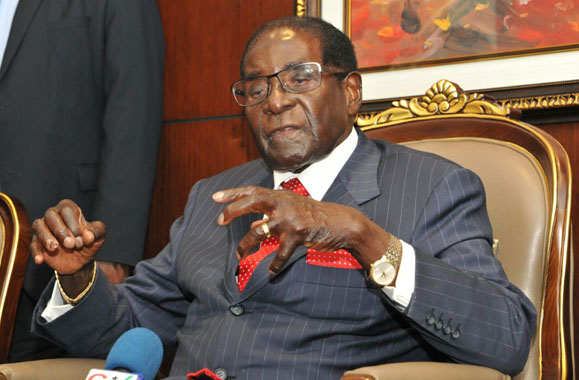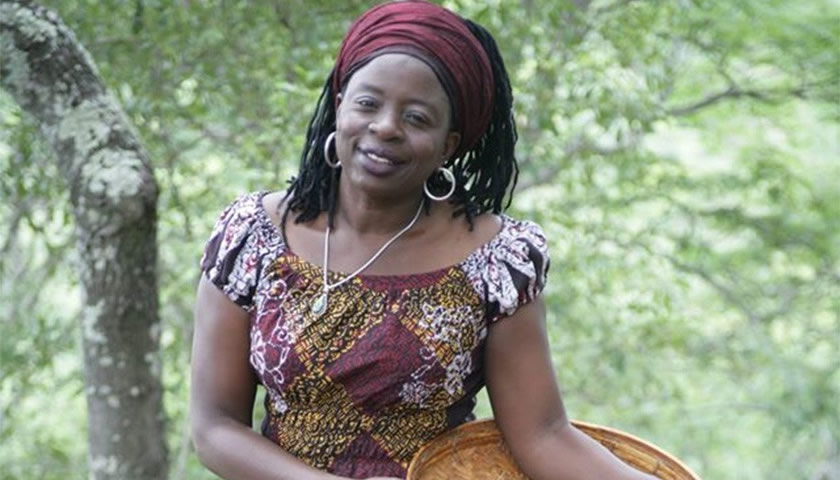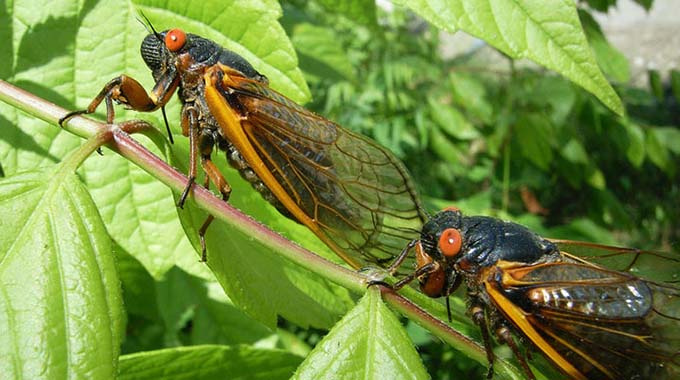Scars, symbols of memories
Sekai Nzenza On Wednesday
The elders had a saying about scars. “Mazvokuda mavanga enyora,” meaning, the scars gained from incisions are an example of choices made by an individual. But some scars are not voluntary. There is an incident, an injury and a scar. Such scars tell stories about our past life experiences. When we were growing up in the village, we received many scars from childhood injuries. My sister Charity, the former diplomat, had a scar on her right hand.
She got this scar as a result of being hit gently with a stick by my mother. It was meant to be a mild punishment to stop Charity from reading romantic Mills and Boon novels when she was cooking or grinding rapoko.
Charity was an avid reader. She walked to school reading. At night, she added more paraffin to the lamp so she could finish a novel. My mother would caution her about lack of sleep and spending too much household paraffin reading novels late into the night.
One day, Charity was caught pausing to read few passages from a Mills and Boon novel instead of stirring sadza. My mother picked up a piece of stick near the fireplace and hit Charity on her hand.
My mother did not know that the piece of stick was burning at the end.
Charity had a painful blister and I recall my mother shouting: “Mwanawangu! Ndapisa mwana wangu! (My child! I have burnt my child!)”
But it was not a very big blister. Still, it formed a permanent scar. It was a scar that my mother regretted. Over the years, Charity was proud of her scar. She often reminded us that she was not only a good reader of novels, but she was also a hard worker as proved by the scar she had on her hand.
At St Columbus Primary School, long before independence, there were many students with scars caused by scabies, mhezi or gwembe.
These scabies became a very unpleasant infectious Rhodesian epidemic.
The scabies started off as itchy spots, then they were weepy and got infected. Some students could not walk and others came to school walking with legs wide apart. They could not sit in class because their backsides were sore.
The headmaster sent them home.
One of my cousins called Amos had the worst gwembe, ever. My grandmother, Mbuya VaMandirowesa washed the infected weeping spots with salt, scrapping off the nasty scaly bits with a stick.
Then she squeezed the green tsine or Black Jack juice on each of the sores.
A few weeks later, all the gwembe on Amos’s body was healed and what was left were scars.
I also recall the time my mother got a big scar. She left the village to go and deliver a child at Buhera Hospital. There were complications. Then we heard that she was transferred to Rusape, where she underwent a Caesarean section. Most people in the village had never heard of such an operation that required someone kumbokotsiriswa, or to fall asleep, have her uterus opened and a child taken out.
When my mother returned with a health looking baby, people did not just want to see the new baby girl named Vongai. No. They wanted to see the abdominal scar where a baby had been ripped out. My mother would proudly open her blouse and reveal the long stitches that seemed to cover her whole abdomen. We could see where the stitches or clips had been. It was a most scary scar.
When the weather was cloudy my mother often said her Caesarean scar reacted to the chill. As the years went by, she stopped talking about that chill. But she would often talk about the miracle of childbirth that resulted in a permanent scar, a reminder that she did not give birth to Vongai, her last child, the normal way.
It was also a testimony to the advantages of modern medical interventions and how doctors could save lives.
These days, scars from Caesarean sections no longer speak of a big scalpel that cut across from top to bottom. The sign of a Caesarean section is often a small suture line around the pelvis area. You can hardly see it unless the owner of the scar points to it, or lifts her stomach a little to show the scar of childbirth.
I have many small scars on my body. But the most significant one sits near my nose. I always list this scar on my passport because it is the most visible marker of who I am. This scar that I have carried all my life is a reminder of the day my father decided it was time to put barbed wire right round our new homestead.
Several years after the whole clan had been resettled from Chiwashira area to make way for European migrant farmers, my parents left the main village compound where we all lived with Mbuya VaMandirowesa and others.
He said such a crowded compound did not allow us to read and learn new civilised values.
Mbuya was totally against such a move. But my parents were adamant. They built a corrugated iron roofed house, the first one in the area, a few kilometres away from the main village, on the foothills of the mountain. At night we heard owls hooting and hyenas making noises, looking for our livestock.
One day my father called a man to put up four rows of barbed wire and a gate around the homestead. I was not used to being fenced in. On the day the fence went up, my mother asked me to go and collect nhukwe or reeds from an anthill just below our new homestead.
Without thinking, I ran straight into the new barbed wire. It cut me on the face, narrowly missing my nose. I remember falling down and seeing blood everywhere.
Since there was no hospital nearby, my mother and Mbuya Chigondo cleaned the wound with salt. Then they took turns to hold the split skin together and encourage natural healing. Mbuya VaMandirowesa came over the day after the barbed wire accident. She looked at my wound and shook her head, seething with anger.
Then she stood in the courtyard and declared that my mother was responsible for the injury. “Moda kuuraya mwana newaya? Dziri shungu dzekuda kugara kwenyu mega? (You want to kill the child with barbed wire all because you want to live separately from everyone else?)”
After she calmed down, Mbuya dragged me back to the old homestead where once again, a remedy of tsine juice, salt and sometimes her urine or mine, was used to clean the scar.
It healed well though it was always a sign of embarrassment when people who met me for the first time said, “How did you get that scar?”
Others would assume that it was a tattoo, similar to the ones on people from a certain ethnic group in Ghana.
When I look at my scar today, I reflect on that past incident and memories of what was happening in the family then. I recall the lack of hospitals or clinics in what were then the Tribal Trust Lands.
During childhood, we got a fair share of bumps and bruises, scratches or cut knees. In most cases, our skin healed seamlessly, but quite often, scars are persistent, staying around for months and even years.
Some scars belong to the heart and they can represent a pain, an ache or a sense of sorrow. But scars also give us an opportunity to reflect on what had caused the pain and how we could have avoided the situation that caused such pain and suffering.
We learn something new from the scars. Our scars may help us to become stronger in character, or to be very hard towards others or become soft and kind. Or they help transform such pain felt into wisdom.
Scars tell the story of our lives. We cannot alter or reject our scars. They stay with us forever, though some of them fade over time. Looking closely, we can see that some scars represent the milestones of where we have been. We can choose to embrace them as part of who we are and avoid placing them within the pain of our past.
There is more to the future than to dwell on the imperfections of scars caused by injuries sustained in childhood or in adulthood. Like the scars of nyora or beauty tattoos on our bodies, we can learn to embrace our scars and their imperfections.
In life, scars, mavanga, help us remember the past. We should celebrate our scars. They represent memories of survival.
Dr Sekai Nzenza is a writer and cultural critic.










Comments